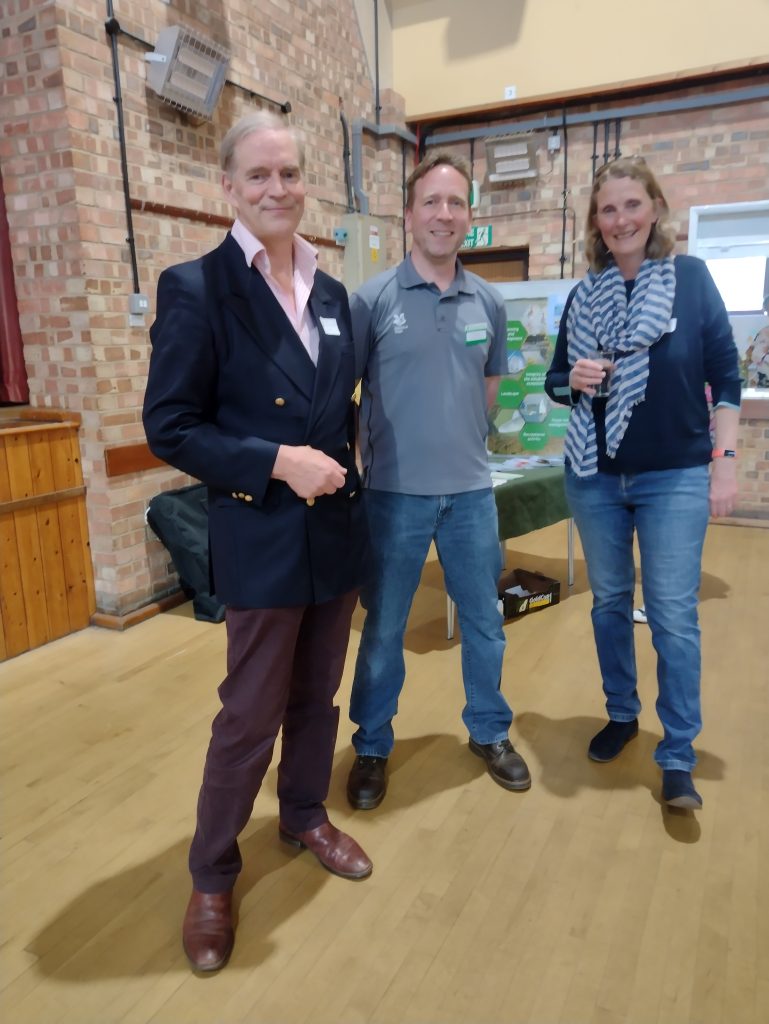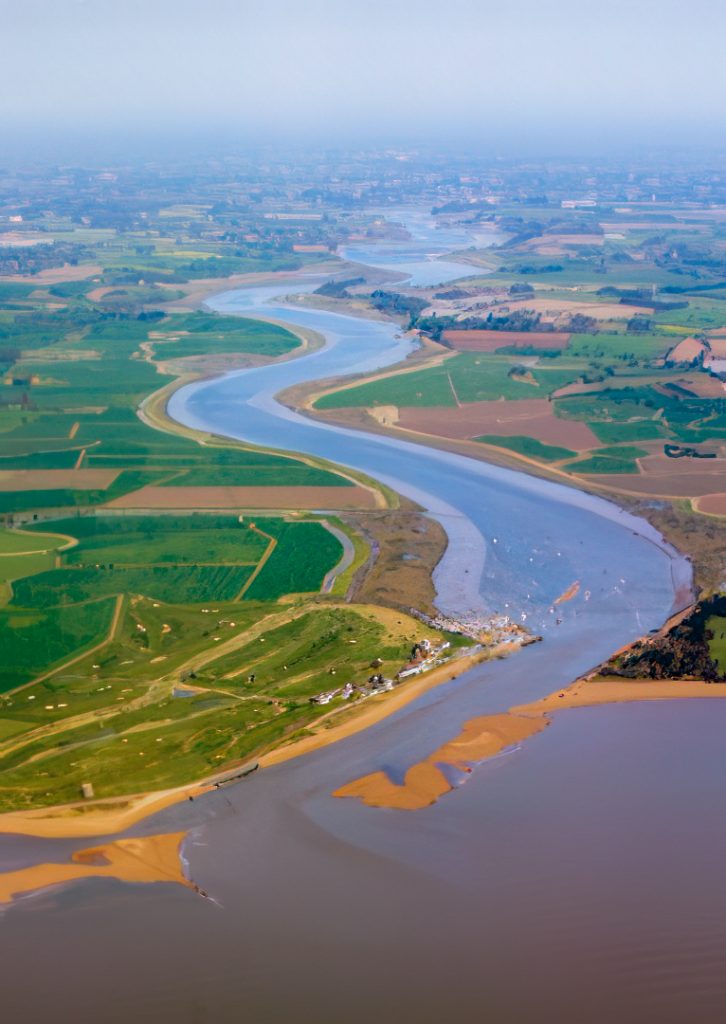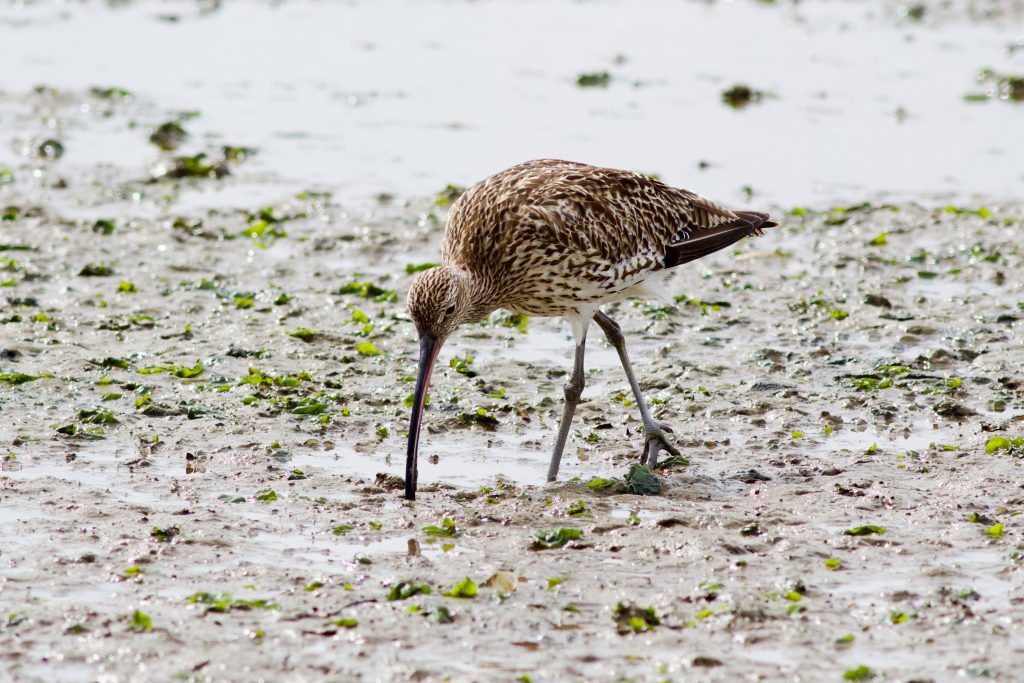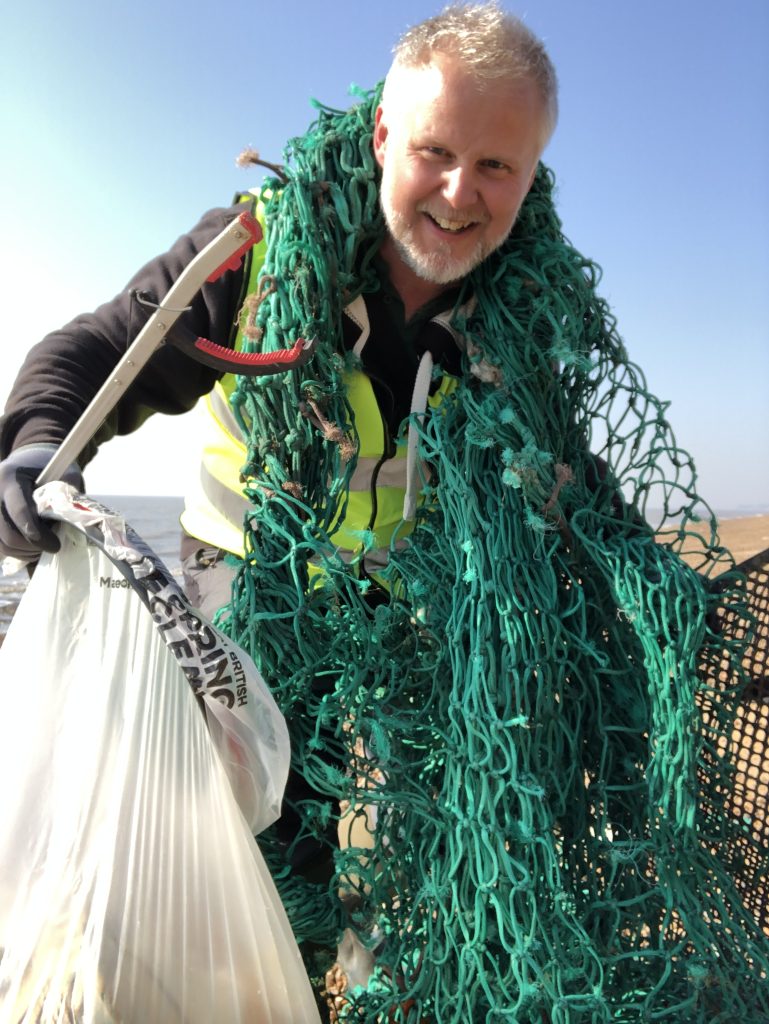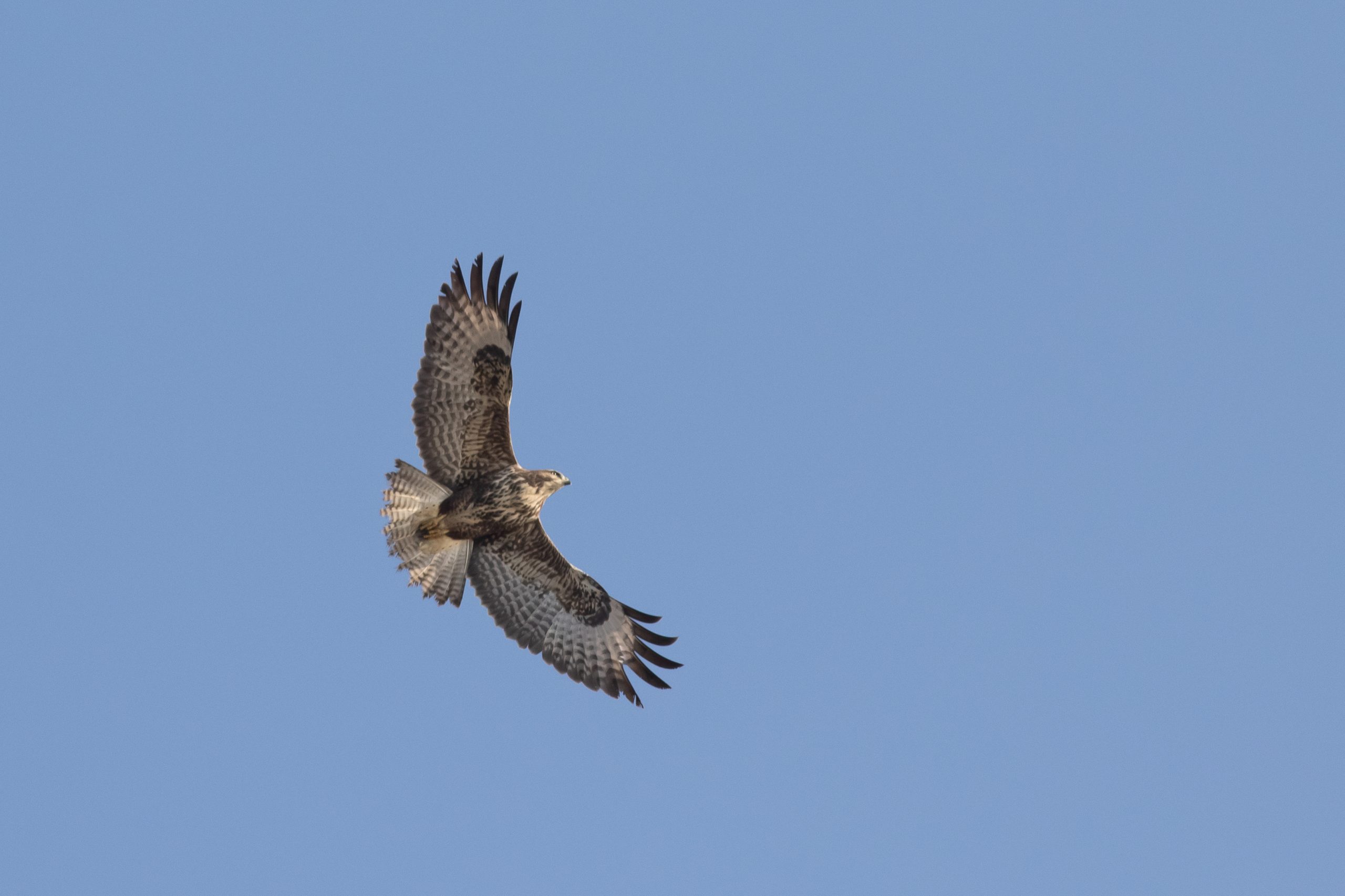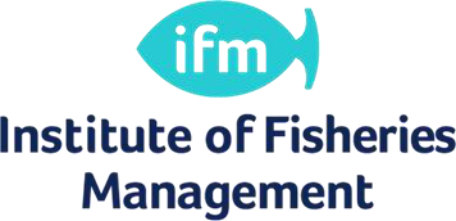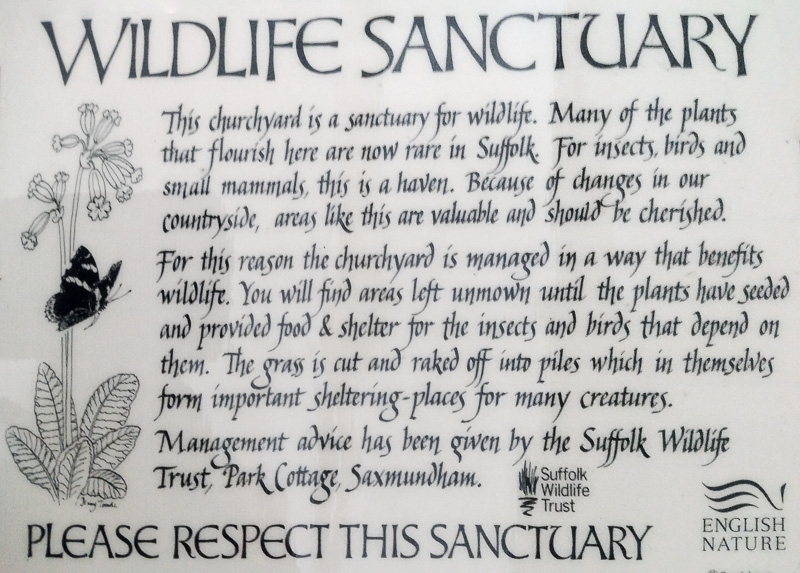By Sally Westwood
I visited the slow flowing stream that runs parallel to the river Deben, on several occasions during the summer, looking for dragonflies. This is my first season of observing and photographing dragonflies and damselflies. I would like to share with you, my field notes. In my last article I discussed damselflies observed in the same location. My focus now turns to dragonflies. My knowledge and learning was obtained from observation, then I researched aspects of behaviour that I saw, such as mating and egg laying behaviour. The most interesting observations of the dragonflies were the different ovipositing behaviour (laying of eggs), which could be alone or together with mate, and different locations for both mating, and ovipositing. I came across four dragonflies on the riverbank: The Emperor; Southern Hawker; Migrant Hawker, and Common Darter.
Emperor Dragonfly
I observed a fairly large dragonfly laying eggs in June. It was an Emperor (Anax imperator) dragonfly. The Emperor dragonfly is the largest species of dragonfly in the UK. It has an average length of 78mm and average wingspan of 106mm. This species has a mating and flight season between June and August (see the chart below of the flight and mating period of the dragonflies discussed here).
Emperor Dragonfly Ovipositing
Continue reading


